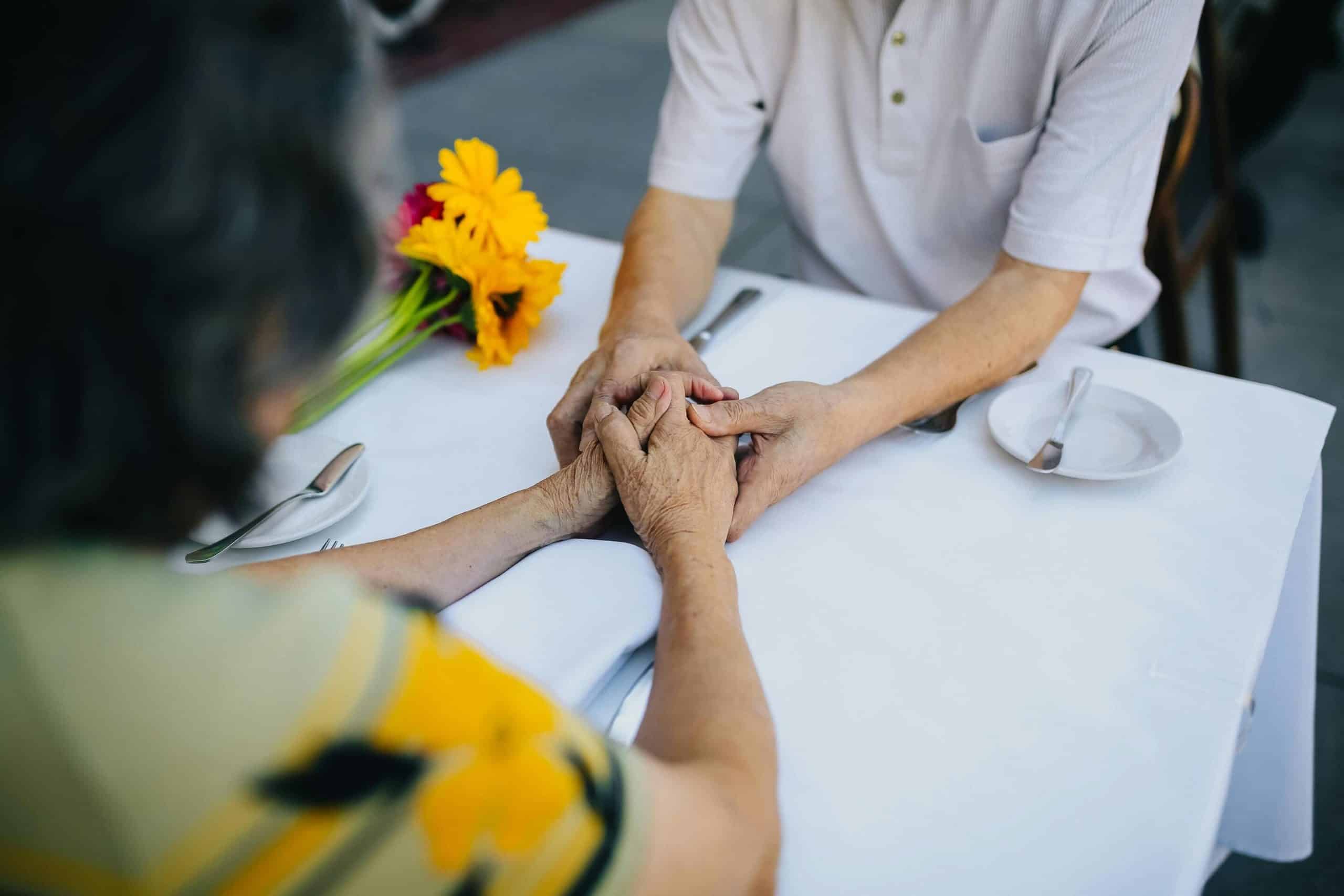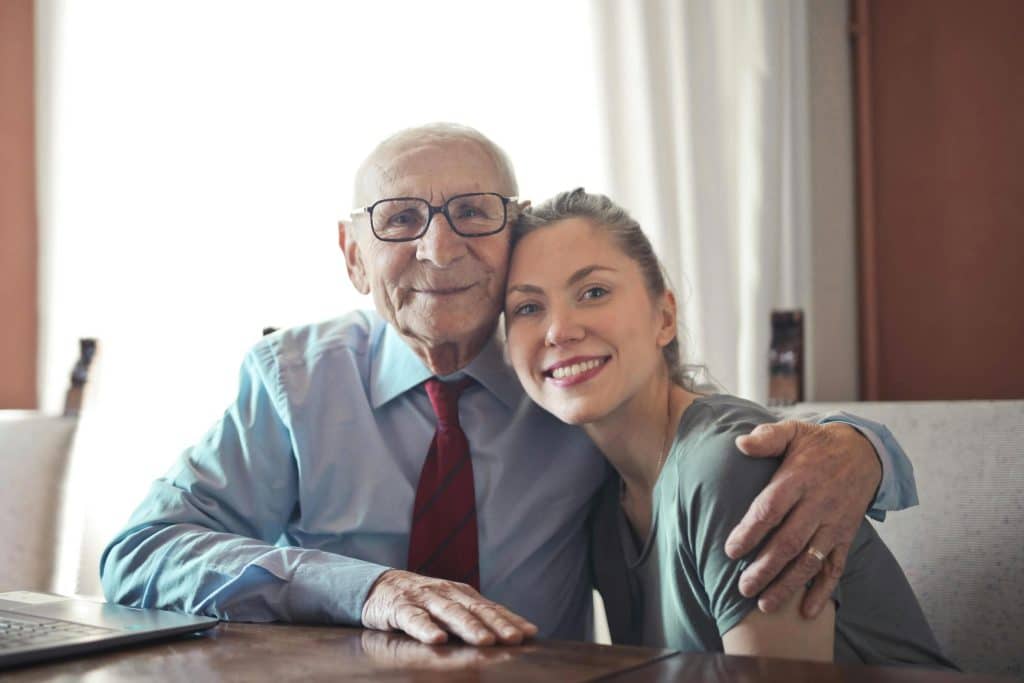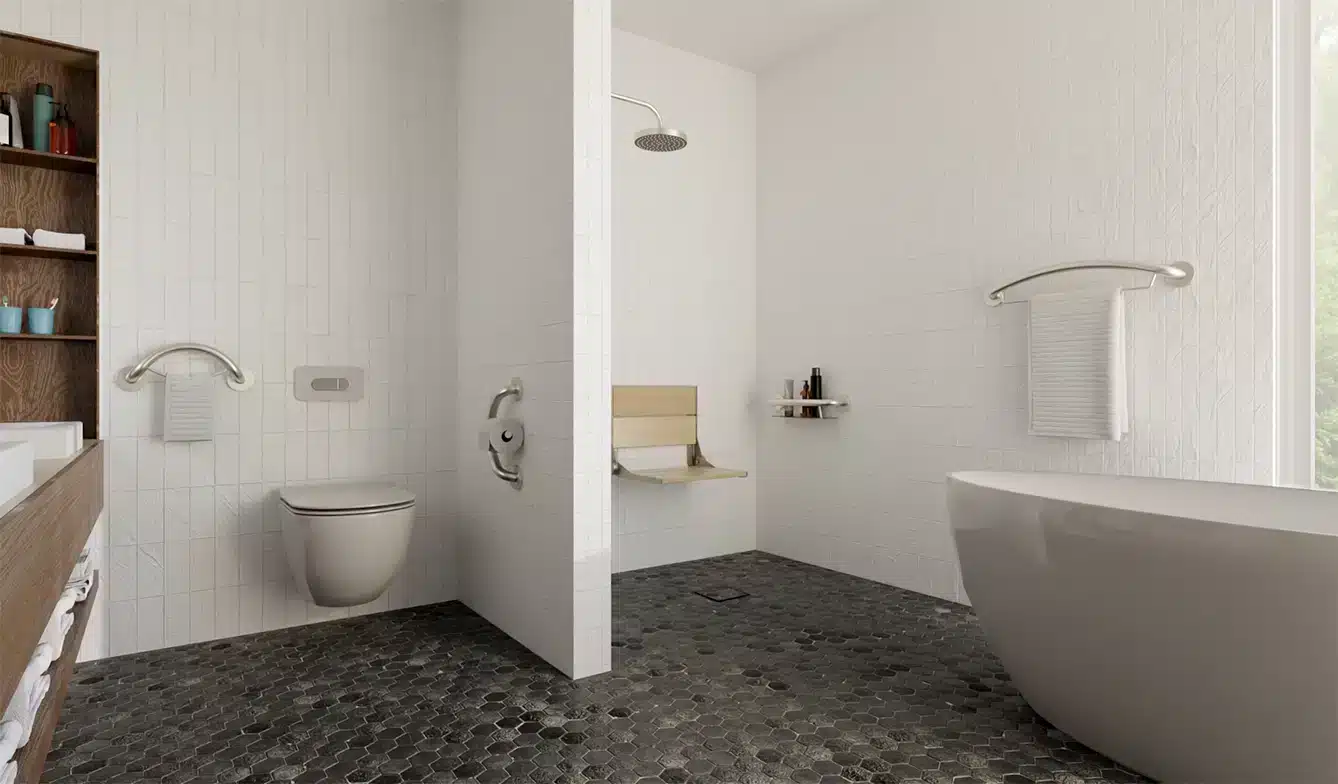Navigating Caregiver Challenges: 5 Essential Solutions Every New Caregiver Should Know About
Caregiving for a loved one can be very rewarding but also physically demanding. Performing daily tasks such as bathing, toileting, dressing, or assisting with transfers requires a great deal of physical effort, often putting caregivers at risk for back injuries. Luckily, having the right equipment can make all the difference—not only in ensuring the safety of both caregivers and loved ones but also in easing the physical strain.
Here are five essential caregiving tasks where the proper equipment can significantly improve safety and spare the caregiver’s back:
Bathing Assistance
Challenge: Helping someone in and out of a bathtub or shower can be risky. Wet surfaces increase the chances of slipping, which can lead to a shoulder injury or can strain a caregiver’s back.
- Equipment Solution:
- Grab Bars allow for safer transitions in and out of the tub, reducing the need for heavy lifting.
- Shower chairs provide a stable seat, so the individual doesn’t have to stand during the entire shower.
- Handheld shower heads enable easier washing while seated, reducing the need for the caregiver to constantly adjust their posture.
How it helps: When an individual supports their own weight and controls their own movement, the caregiver can perform bathing tasks more safely, reducing the risk of back injuries.
Toileting Assistance
Challenge: Helping someone use the toilet often involves bending, lifting, and twisting movements, all of which can lead to a caregiver’s back strain, especially if the person being assisted has limited mobility.
- Equipment Solution:
- Raised toilet seats or tall toilets reduce the distance a person needs to sit or stand, minimizing the effort required by both the caregiver and the individual.
- Grab bars installed around the toilet area allow the person to use their upper body to assist and support themselves during transfers and when clothing is being managed.
How it helps: These devices help minimize effort for the person being cared for, while also reducing the need for the caregiver to lift or support their full weight.
Dressing Assistance
Challenge: Dressing someone who has limited mobility often requires the caregiver to hold the person while managing their clothing at the same time, or the individual holds the caregiver around the neck and shoulders. This puts the caregiver at risk of an injury.
- Equipment Solution:
- Floor to ceiling transfer poles assist in coming to standing to manage clothing while allowing them to stay supported and move in a controlled manner.
- Chair or seat will allow a person to be safely dressed without maintaining their balance in standing during the management of clothing.
How it helps: By using tools to support an individual during dressing, caregivers can avoid awkward postures and movements that might strain their backs.
Getting In/Out of Bed
Challenge: Transferring someone in and out of bed is one of the most physically demanding tasks. The risk of back injury is high, particularly if the caregiver is lifting or repositioning the person without assistance.
- Equipment Solution:
- Adjustable hospital beds can be raised or lowered to an optimal height, minimizing the need for caregivers to bend over.
- Bed rails offer additional support for the person being repositioned in bed or transferred, allowing them to participate in the movement by pulling or pushing themselves into position.
- Floor to ceiling transfer poles assist an individual to come to standing or allow them to support themselves and move in a controlled manner while transferring safely to a wheelchair
How it helps: These tools reduce the amount of direct lifting required from the caregiver, allowing for safer transfers and a reduced risk of back injury.
Getting In/Out of a Favorite Chair
Challenge: Helping someone get in and out of a low chair can involve awkward postures, bending, or pulling, which can easily strain the caregiver’s back.
- Equipment Solution:
- Lift chairs are motorized chairs that gently lift and tilt forward to help the individual stand up with minimal assistance.
- Floor to ceiling transfer poles can assist in coming to standing from a couch or chair while allowing them to support themselves and move in a controlled manner.
How it helps: These devices allow the individual to assist with their own transfers in a controlled manner, avoiding sudden jerks or awkward bending for the caregiver.
Caring for others is a labor of love, but it doesn’t have to come at the expense of a caregiver’s physical health. By using the right equipment, caregivers can protect themselves from back injuries while providing safer and more comfortable care. Investing in these essential tools not only ensures the safety of the person being cared for but also preserves the well-being of the caregiver, allowing them to continue their vital work without unnecessary physical strain.
Get your Free Home Safety Checklist For Fall Prevention









